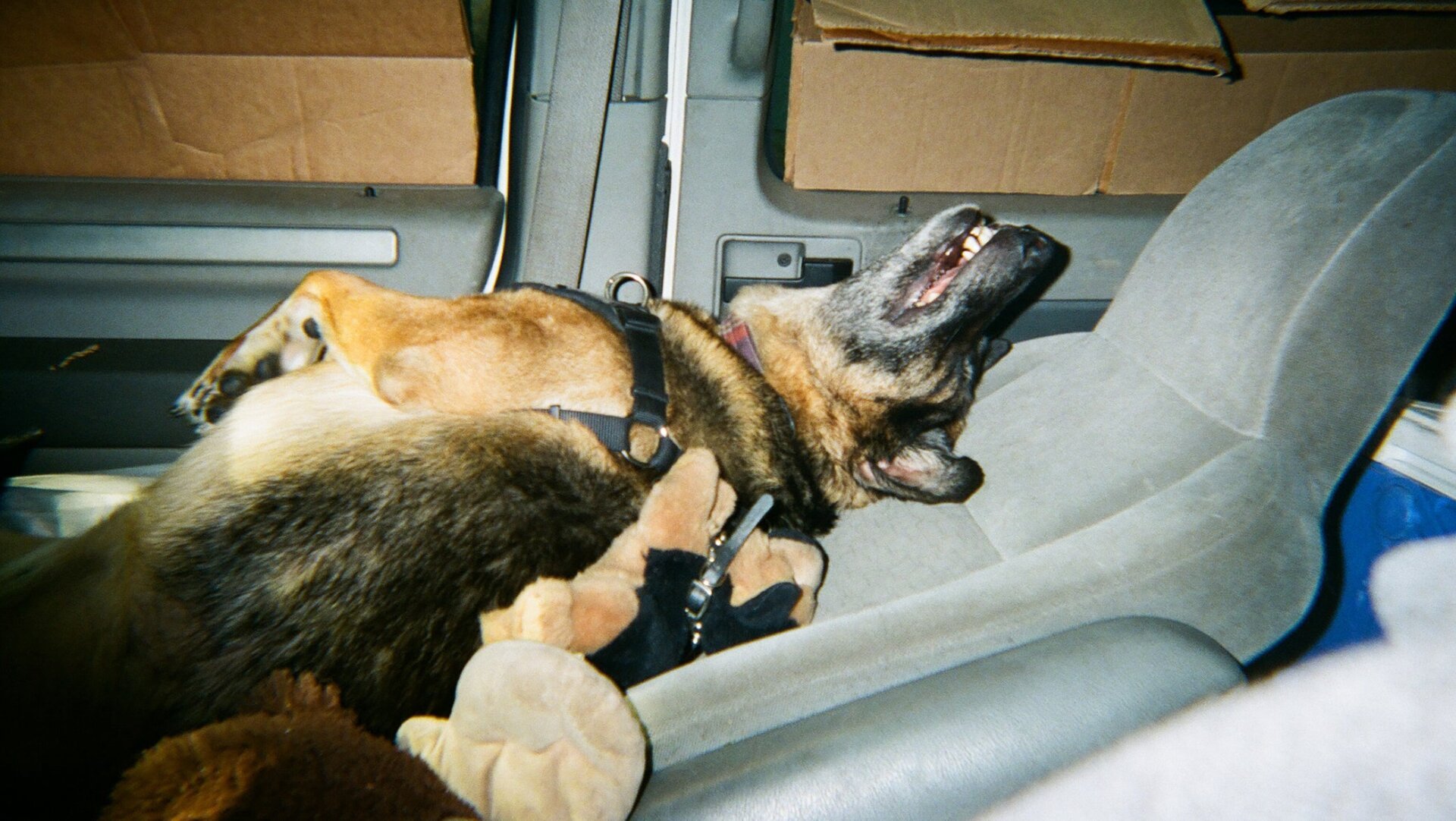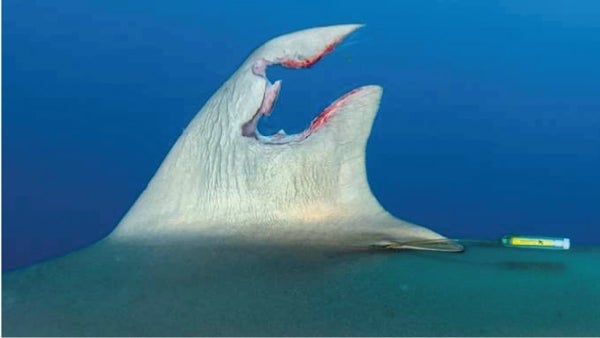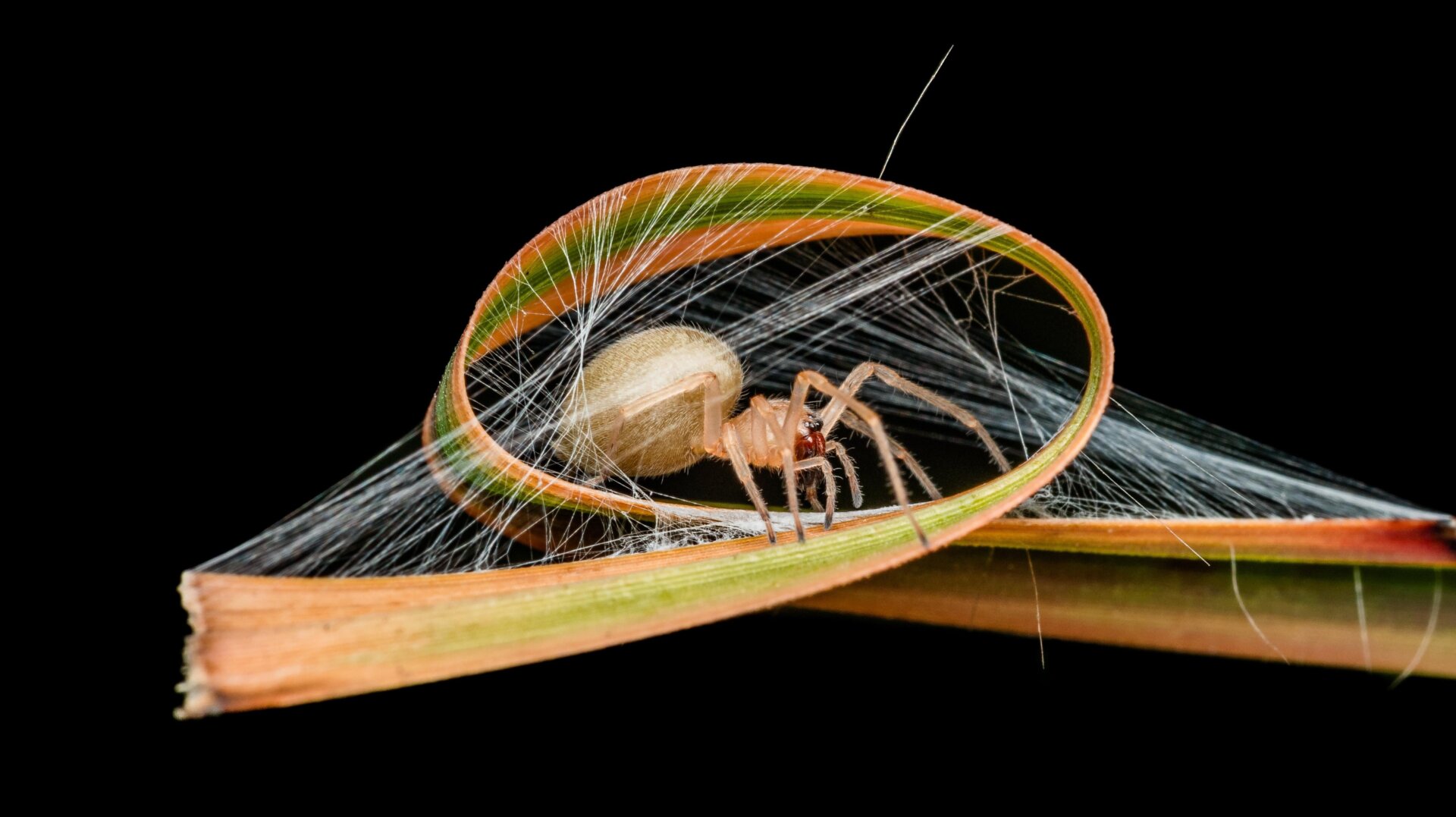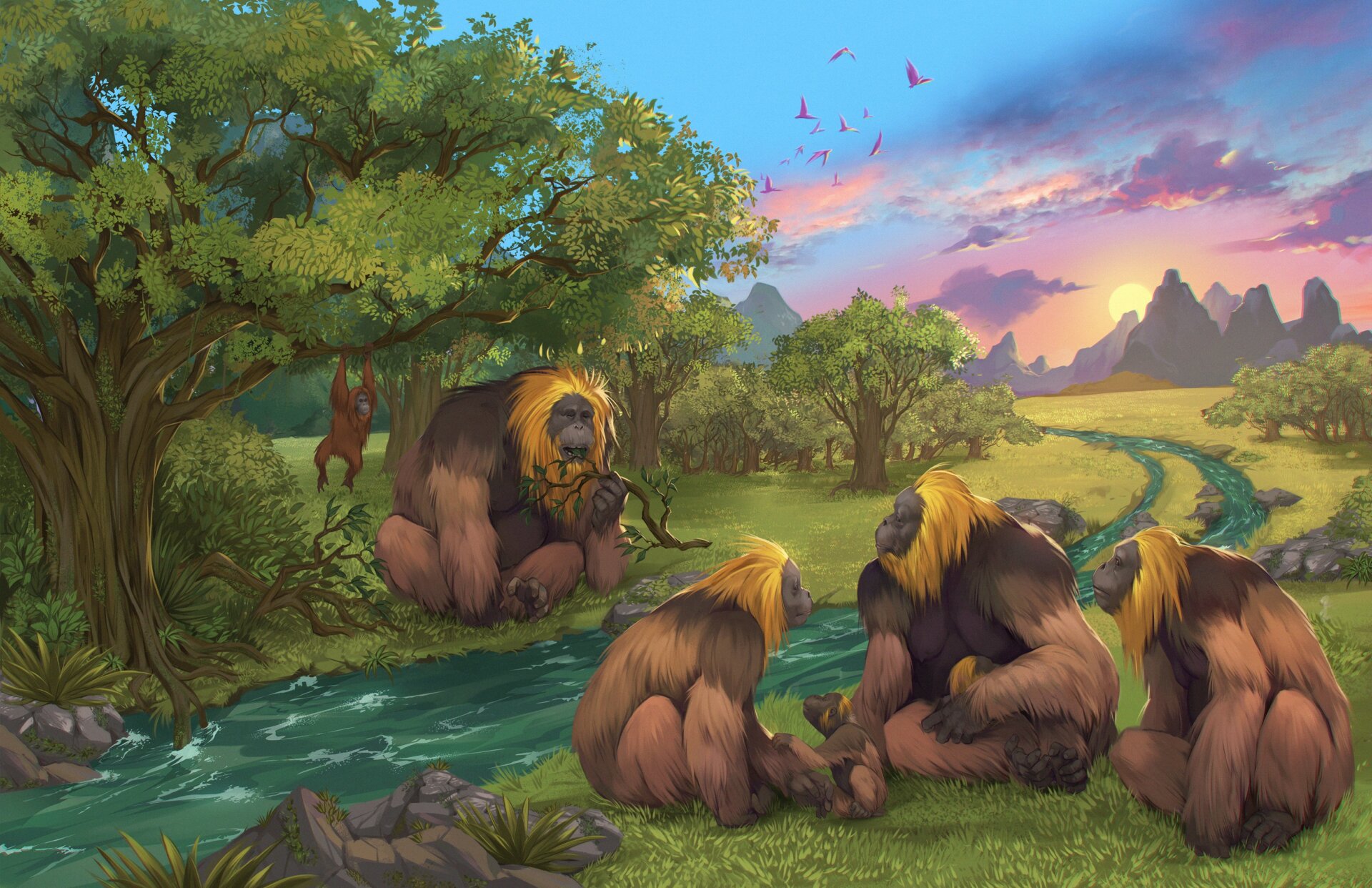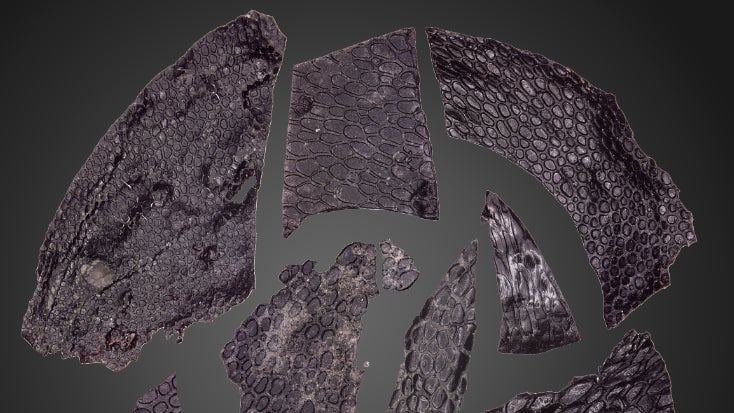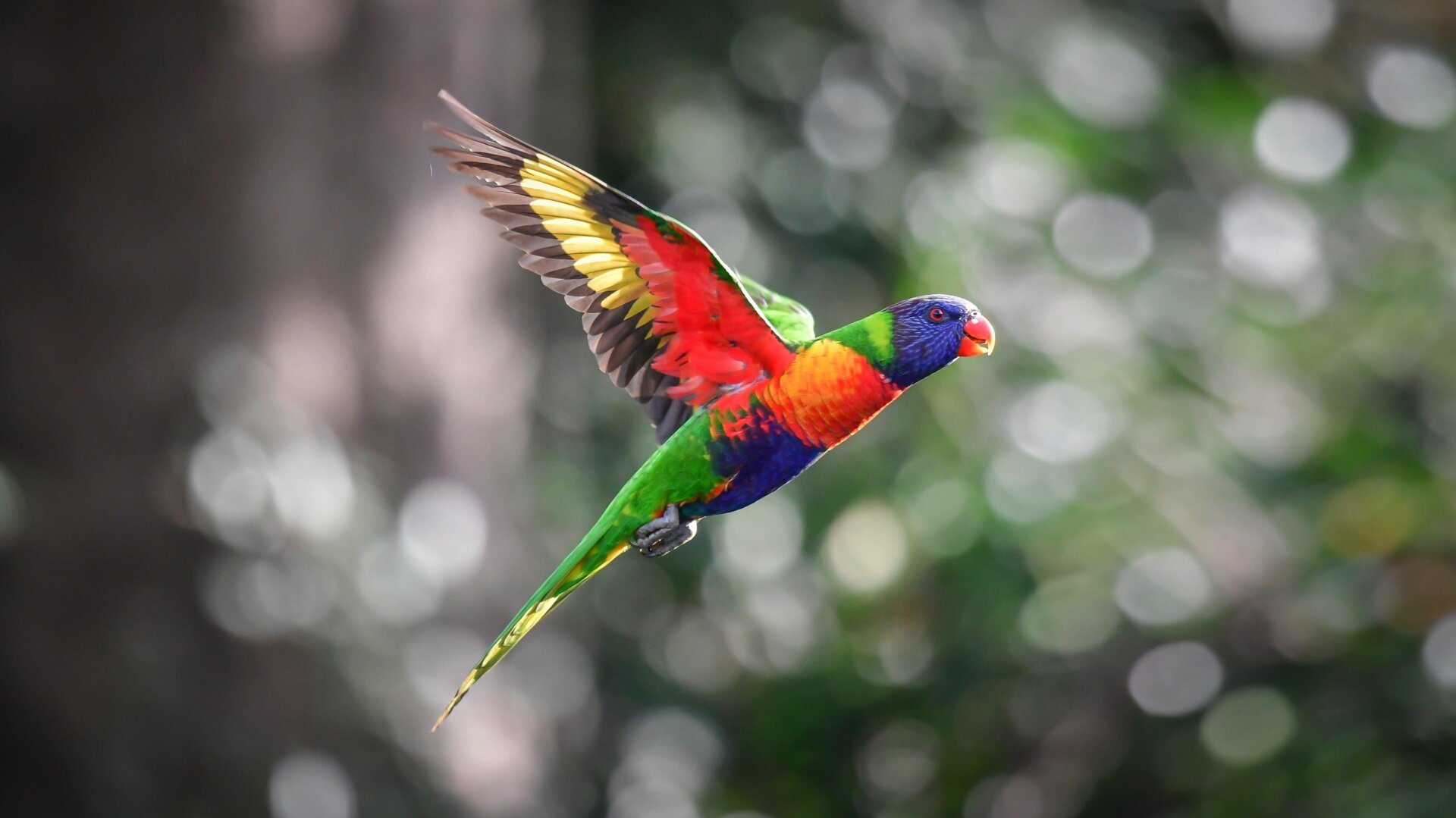Colossal Biosciences, a self-proclaimed “de-extinction company,” has announced a breakthrough in its ambitious project to resurrect the woolly mammoth: the creation of stem cells that could significantly accelerate the process. The team’s research detailing this achievement is available on the preprint server bioRxiv.
These groundbreaking cells are induced pluripotent stem cells (iPSCs), a type of cell that can be reprogrammed to develop into any other cell type. IPSCs hold immense potential for bioengineering applications, including cell development, therapy, and even transferring genetic information between species. Colossal’s newly created iPSCs represent the first successful conversion of elephant cells into an embryonic state, a crucial step towards bringing back a creature resembling the woolly mammoth.
“Previous attempts to generate elephant iPSCs have been unsuccessful. Elephants are a unique species, and our understanding of their fundamental biology is still in its early stages,” explains Eriona Hysolli, head of Colossal’s biological sciences team. “The perseverance of the Colossal mammoth team has yielded invaluable progress for the future of elephant-assisted reproductive technologies and advanced cellular modeling of mammoth phenotypes.”
According to Colossal, these stem cells can differentiate into the three germ layers that give rise to all cell types. “This opens exciting possibilities for understanding the link between genes and traits in both modern and extinct relatives, including resistance to environmental extremes and pathogens,” notes George Church, geneticist and Colossal co-founder.
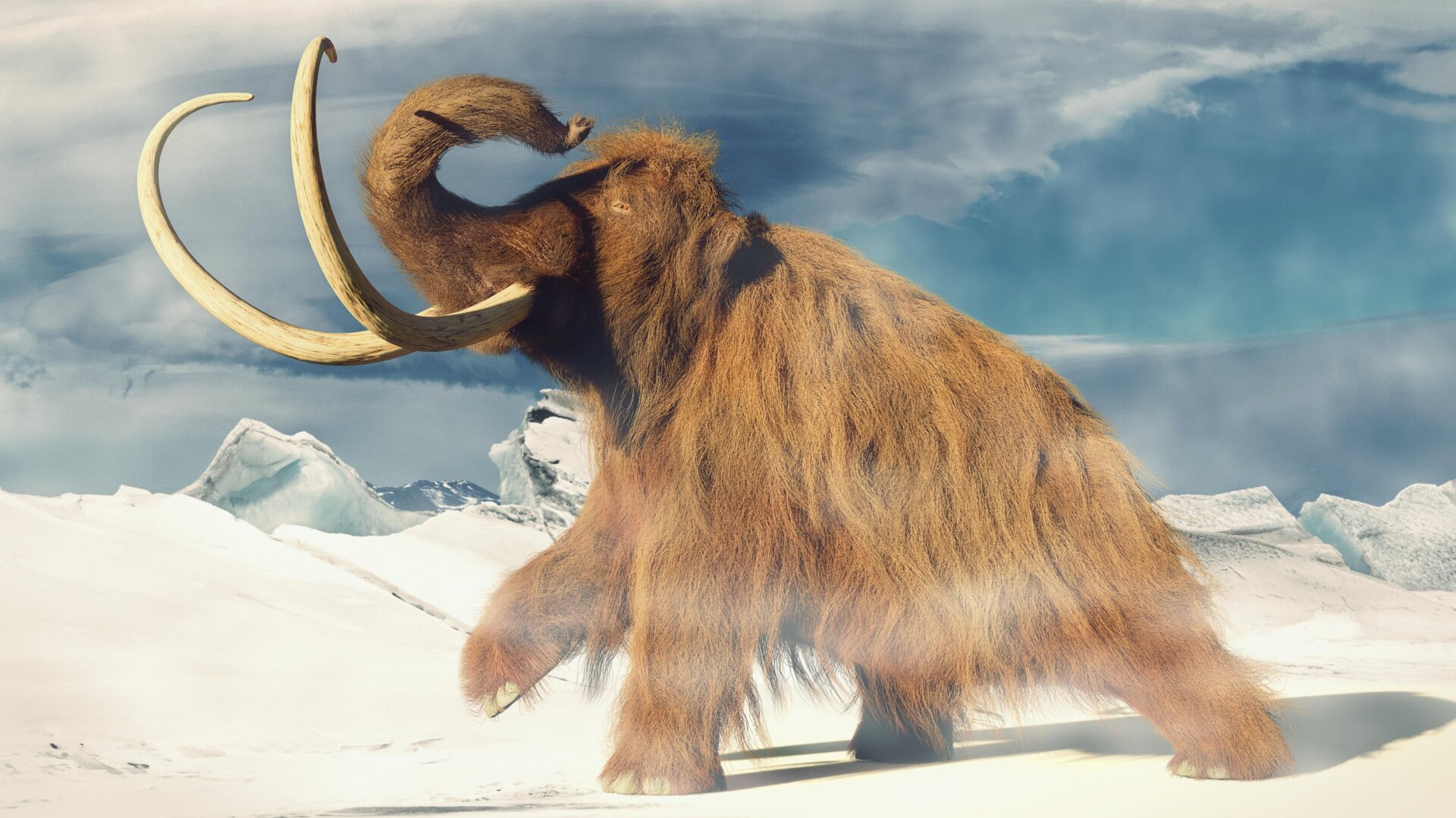 An artist’s impression of a woolly mammoth.An artist’s rendition of a woolly mammoth. Illustration: Dotted Yeti (Shutterstock)
An artist’s impression of a woolly mammoth.An artist’s rendition of a woolly mammoth. Illustration: Dotted Yeti (Shutterstock)
Colossal’s goal is not to recreate an exact replica of the woolly mammoth but rather to engineer a proxy species. They aim to modify Asian elephants ( E. maximus) genetically, introducing cold resistance and the iconic shaggy coat of their extinct relative. The company also has plans to create proxy species for the Tasmanian tiger (thylacine) and the dodo bird. Similar de-extinction projects are being pursued by other organizations like Revive & Restore, focusing on species such as the heath hen and passenger pigeon.
A proxy species is not a true resurrection but rather a substitute resembling the extinct form in phenotype, behavior, or ecological role, as defined by the International Union for Conservation of Nature’s Species Survival Commission. This distinction is crucial because recreating an exact copy is extremely challenging.
Previous attempts to ‘resurrect’ extinct species, like the Christmas Island rat, have highlighted the difficulties. Despite having access to historical tissues and genetic data from close relatives, some genetic information is irretrievably lost. One researcher involved in the Christmas Island rat project, now a member of Colossal’s advisory board, emphasized the financial and ethical considerations involved in such endeavors. However, the successful creation of elephant iPSCs is a significant step toward developing proxy species, even though the practical utility of such efforts remains debated within the scientific community.
Colossal’s vision extends beyond merely creating proxy mammoths. They intend to introduce these animals into Siberia to slow permafrost thaw, potentially restoring the ancient mammoth steppe ecosystem and contributing to climate change mitigation. This process, they argue, will also drive advancements in gene editing technology that could benefit extant elephants facing their own survival challenges.
Woolly mammoths used to roam the vast mammoth steppe, an ecosystem Colossal hopes to partially restore.Woolly mammoths once roamed the vast mammoth steppe, an ecosystem Colossal hopes to partially restore. Illustration: Dotted Yeti (Shutterstock)
Realizing this vision requires further technological breakthroughs. Church plans to use artificial elephant wombs to avoid using endangered Asian elephants as surrogates, addressing significant ethical concerns.
While Colossal’s ultimate goals remain distant, this recent achievement marks a significant milestone, demonstrating the serious scientific underpinnings of de-extinction efforts. The development of elephant iPSCs is a crucial advancement, bringing the prospect of a proxy woolly mammoth one step closer to reality.





